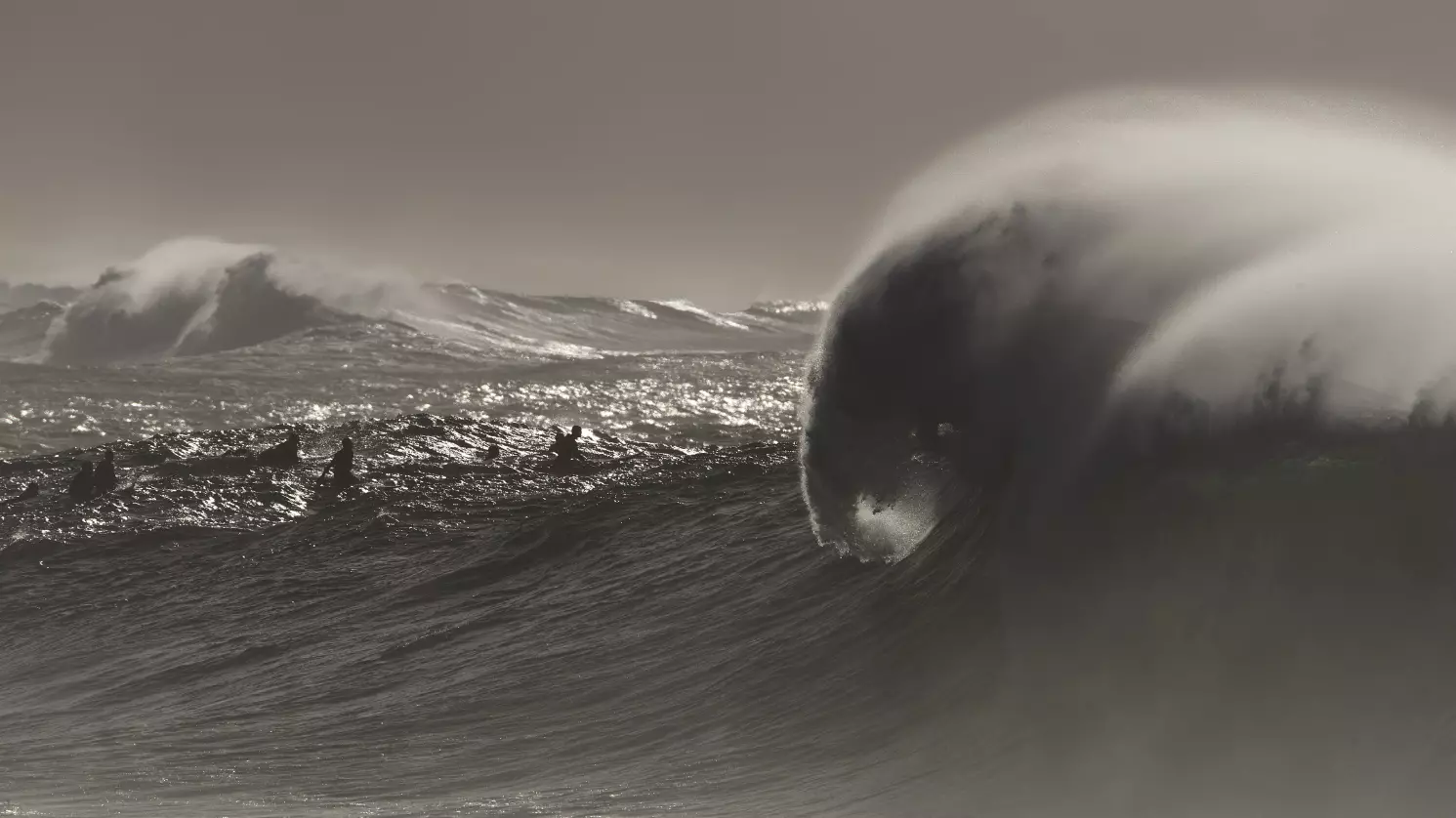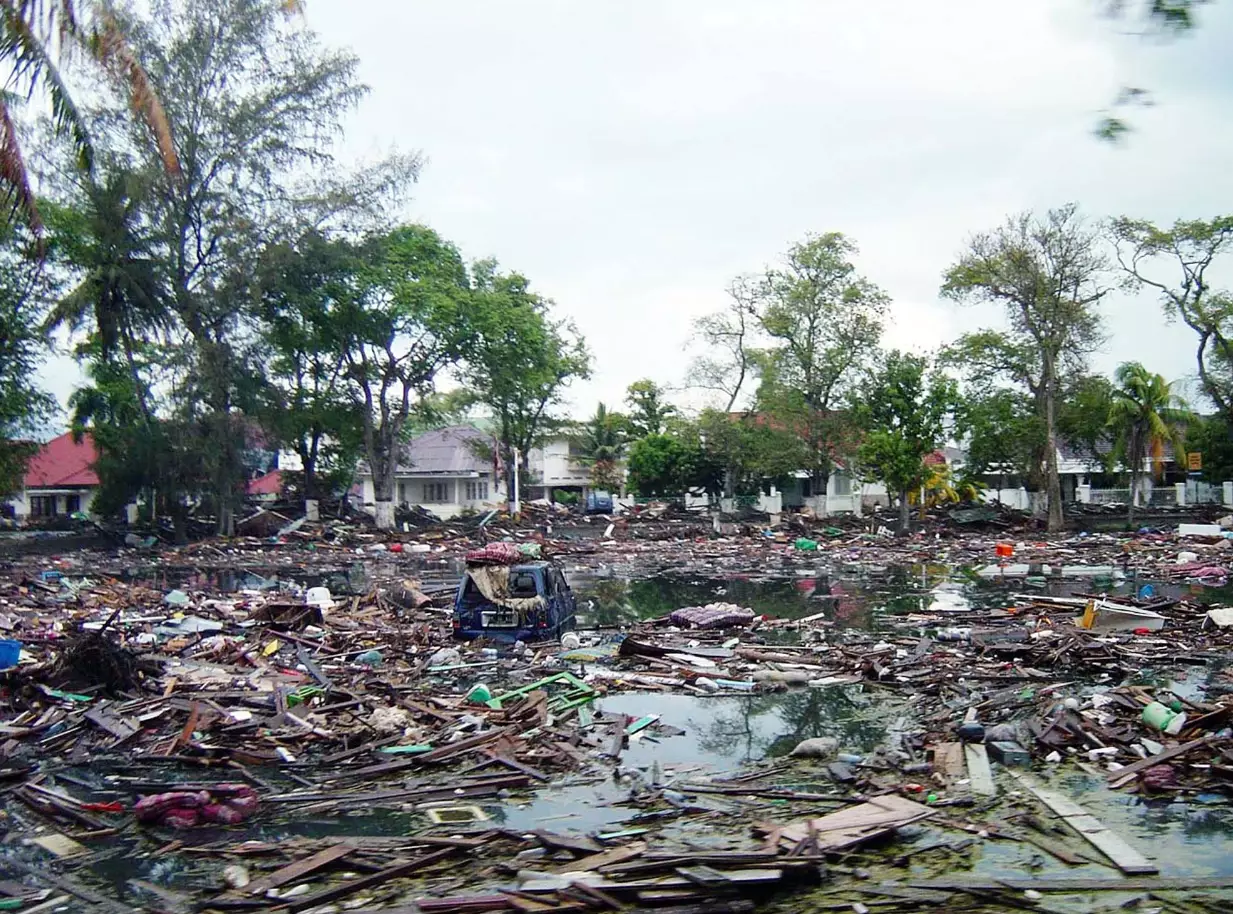
Huge, 12-metre-tall tsunami waves could hit New Zealand's east coast if a megathrust earthquake strikes, with the risk stemming from a fault line running along the country known as the Hikurangi subduction zone.
American geophysicist Steven Ward - who created a computer simulation to demonstrate the potential devastation - said that such a tsunami would reportedly have the energy equivalent of 3.6 megatons of TNT.
"Scientists now think that a major tsunami earthquake will someday strike the east coast of New Zealand," he said, as reported by NewsHub.
Advert
"This is a physics-based simulation of that wave."
Such a tsunami would hit Auckland, the country's largest city, and could prove devastating. It would also unleash further damage to Christchurch - which was ravaged by an earthquake in 2011.
Waves would apparently be felt on the coast within 10 minutes of the quake striking, and by the hour, waves ranging from five to 12 metres could hit almost the entire east coast.
Advert
Megathrust earthquakes occur when one tectonic plate is suddenly forced up and over another. These interplate earthquakes are the planet's most powerful.
It was a megathrust earthquake in a subduction zone that caused the 2004 Boxing Day tsunami, which killed 230,000. It was also the cause of the 2011 Tohuku tsunami in Japan.

There is now a multi-million dollar study underway on the volatile Hikurangi subduction zone, which his believed to be New Zealand's biggest geological hazard.
Advert
GNS scientist Ursula Cochran has previously explained that the effects of a quake on the Hikurangi subduction zone could be potentially devastating.
"We need to think Japan 2011 basically, because if our whole plate boundary ruptured it would be a magnitude-9 earthquake," she said.
"One thing about reflecting on from the Kaikōura earthquake is we don't want people to think this is the big one."
If you find yourself on the coast when there is a 'long or strong' earthquake, New Zealand's Ministry of Civil Defence and Emergency Management advises that the best thing to do is leave immediately and move to the nearest high ground or as far inland as possible.
Advert
"All of New Zealand's coast line is at risk of tsunami," the online advice explains.
Warning signs include feeling a strong earthquake that makes it hard to stand up, a weak rolling earthquake that lasts a minute or more, a sudden rise or fall in sea level and loud and unusual noises from the sea.
Featured Image Credit: PA
Topics: New Zealand, Science, Weather, World News, Earthquake, Tsunami